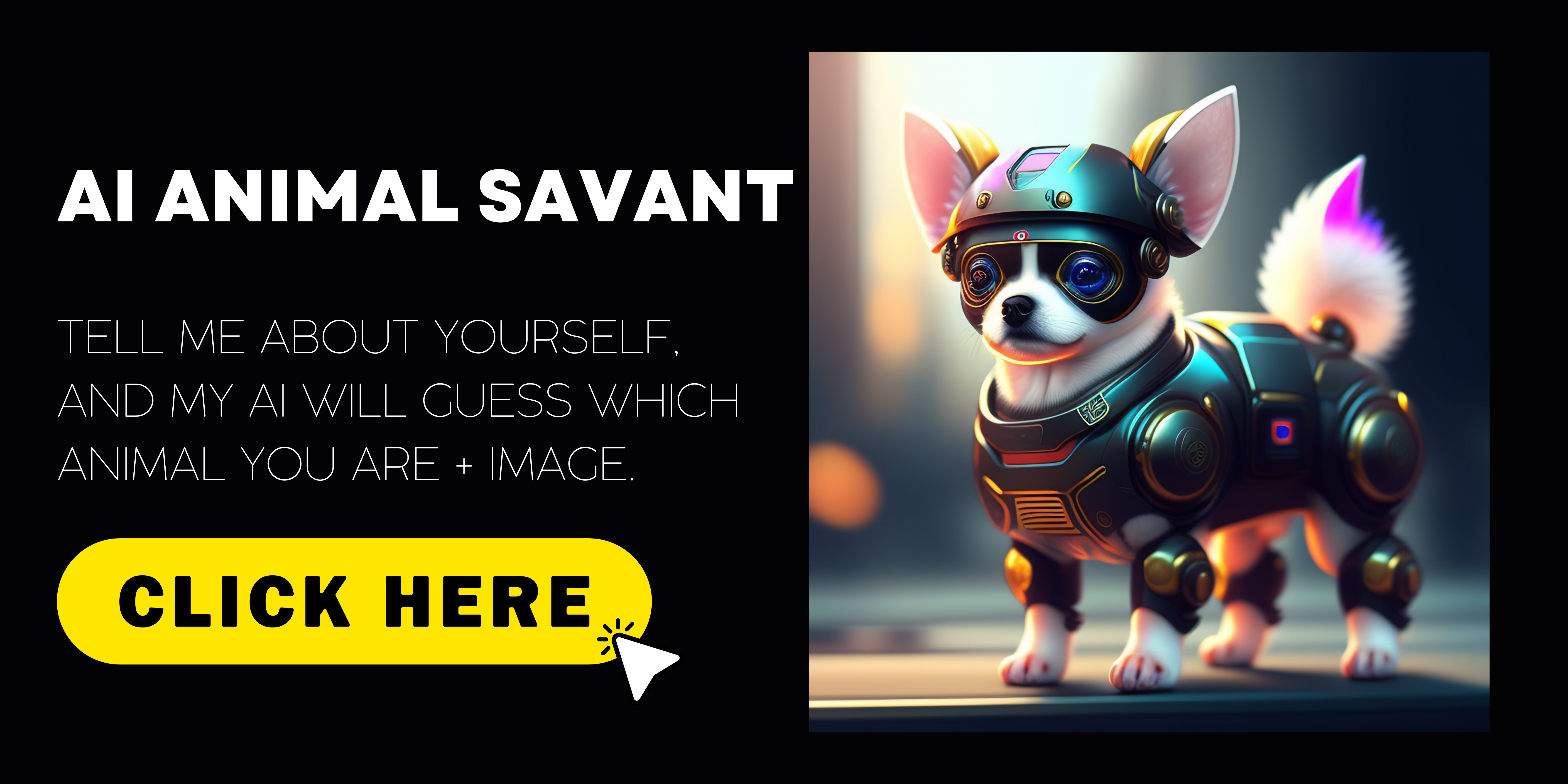What are the Major Dog Groups?
The U.S. In the U.S., there are now 209 recognized breeds by The American Kennel Club in 2023. That’s a lot of dogs. Humans have divided breeds into different groups according to the job they were born or bred for. This helps us better understand each breed. It doesn’t matter if your dog is one breed or a mix of several breeds from different groups. Knowing the traits of the breeds can give you insight into how they are motivated and what interests them. This information can help you to create a happy life for your four-legged friend.
What is a dog breed group?
Dog breed groups are categorized based on the dog’s job and personality. Canine clubs around the globe recognize every breed that was either bred or evolved to excel in certain tasks. There are hundreds of different breeds that can be classified into these seven categories. The American Kennel Club (AKC), recognizes seven major dog breed groups. These groups organize dogs according to their abilities, appearances, or other key traits.
- Working Group
- Herding Group
- Hound Group
- Sporting Group
- Non-Sporting Group
- Toy Group
- Terrier Group
These groups are based on the original jobs that dogs were bred for, including herding, hunting, and guarding homes. Although many dogs spend more time playing fetch or walking than chase badgers or gathering sheep these days, their instinctive urges remain.
Working group
Large size
Personality traits: Loyal and independent, protective, strong-willed.
Activity Level: Moderate-High
Working Group dogs were originally bred for practical tasks, such as pulling carts and sleds, and acting as watchdogs. They are fearsome, large and muscular. Working dogs can be sweethearts with their families. They are loyal to an incredible degree and will defend you at any moment. The Working Group includes Alaskan Malamutes and Siberian Huskies, Great Danes. Doberman Pinschers. Rottweilers. Akitas. Anatolian Shepherds. Huskies. Saint Bernards. Neapolitan Mastiffs. Portuguese Water Dogs. German Pinschers. Great Pyrenees. Giant Schnauzers. Greater Swiss Mountain Dogs. Newfoundlands. Samoyeds. Bullmastiffs. Bernese Mountain Dogs.
Herding Group
Size: Medium-large to large
Personality traits: Kind, respectful, intelligent, playful
Activity Level High
Dogs in the Herding Group were originally bred to herd livestock. They are intelligent and energetic and have the natural ability to manage other animals. Many herding dogs have shaggy, long coats that protect them from the elements. The Herding Group includes Australian Cattle Dogs and Border Collies, Australian Shepherds, Border Collies and Shetland Sheepdogs.
Hound Group
Size: Medium-large to large
Personality traits: Independent, strong-willed and vocal.
Activity Level: Moderate-High
Dogs in the Hound Group were originally bred to hunt, but their strong sense of smell makes them perfect for law enforcement. They are loyal and affectionate. Sight hounds are well-known for their ability to see prey from great distances, and then run it down. The hound group pups are known for their high prey drive and may not be able to live with small pets. Basset Hounds include Salukis, Beagles and Harriers as well as English Foxhounds and Bloodhounds and Irish Wolfhounds. Dachshunds and Otterhounds are also part of the Hound Group. Whippets and Afghan Hounds are also included in this group.
Sporting Group
Size: Medium-large to large
Personality traits: Kind, patient, caring, sweet, athletic
Activity Level: Moderate-High
The Sporting Group’s energetic dogs are bred originally to help hunters retrieve game. Because of their work in swampland and lakes, many sporting dogs have water-repellent hairs. English Cocker Spaniels and Labrador Retrievers are examples of dogs that belong to the Sporting Group.
Non-Sporting Group
Sizes vary
Personality traits: Loyal and loving. Charming.
Activity Level Varies
Non-Sporting Group dogs are unique because they don’t have a specific purpose or size. It’s more like a group that covers all dogs who don’t fit into other groups. Dogs from the Non-Sporting Group have a wide range of personality and physical traits. However, they are all ready to be loved pets. Non-sporting dogs are considered companion animals for the most part. This is a lot of loyalty, affection, and obedience. Not all loyalty is about being loyal. Dalmatians, Chow Chows and Finnish Spitz are some examples of dogs that belong to the Non-Sporting Group. Also, Shar Peis, Shar Peis, American Bulldogs and Poodles, Boston Terriers. Lhasa Apsos. Shiba Inus. French Bulldogs. Schipperkes. American Eskimo Dogs.
Toy Group
Small size
Personality traits: Loyal and affectionate. Territorial, alert.
Activity Level: Moderate to Low
The Toy Group dogs are small in stature, but large in brains and affection. They are perfect as lap dogs. Many small breeds have been considered status symbols of royalty throughout history. Toy dogs are a great choice for apartment dwellers as they love attention and can give affection to their favorite person. Toy dogs include Chihuahuas and Pomeranians, Malteses, Cavalier Kings Charles Spaniels. Silky Terriers and Chinese Crested Dogs. Yorkshire Terriers, Pekingese. Shih Tzus. Japanese Chins. Havanese. Miniature Pinschers. Brussels Griffons. Papillons. Affenpinschers.
Terrier Group
Size: Small to medium
Personality Traits: Stubborn, charming, feisty, clever
Activity Level High
Terriers were originally bred to hunt vermin, but they have since become loved watchdogs and pets. You will notice terriers relentlessly following small objects. This is their instincts. Terriers are known for their confidence despite being smaller and for being determined to make a name. However, they can be difficult to train and can be stubborn. Terrier dogs include Jack Russell Terriers and American Staffordshire Terriers as well as Bull Terriers and Fox Terriers. Cairn Terriers and West Highland White Terriers are also included in this Terrier Group.
Conclusion
Every dog is different and each one has its own personality, appearance and preferences. However, they all fall under the American Kennel Club’s breed category. The seven types of dog breeds or breed groups are named after the original jobs that these breeds held. These include sporting, hunting, hounds (bred to chase down prey) and toy dogs (often called lap dogs).




